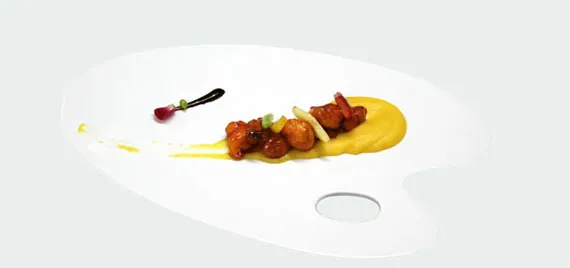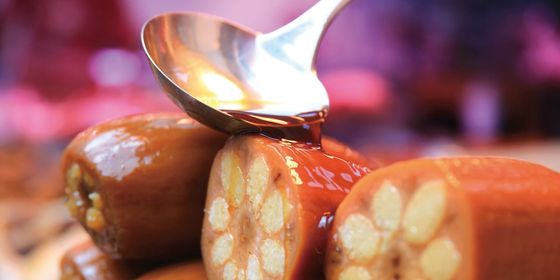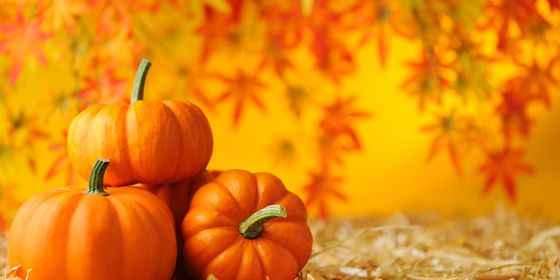An earthy twist on an old favorite
As Chinese dishes go, there are several that flex their muscles, standing out globally to serve as tasty bastions of the nation, such as Kung Pao chicken, Peking duck, spring rolls, and, of course, that king of American-Chinese cuisine, sweet and sour pork (咕噜肉)—these food megastars each have their attendant mistresses. One such dish is, the ever-tarty, sweet and sour mushrooms (咕噜菇).
Sweet and sour mushrooms, as one might guess, attained its English name due to its distinctive tangy taste. The sweet and sour sauce (糖醋酱) is a combination popular throughout numerous regional Chinese cuisines. Traditionally, the sweet and sour dish uses pork tenderloin as its main ingredient, coupled with green and red bell peppers, as well as onions and pineapple. The sauce provides flavor for the pork, its sharpness seeping into the meat itself, as well as the crispy fl our shell. By substituting meat with a vegetarian choice, in this case mushrooms, we end up with a vegetarian sweet and sour dish that still packs a mean punch flavor wise.
The name for “sweet and sour” dishes in Chinese, or gulao (咕噜), is more interesting than its English counterpart and somewhat puzzling as well. Gulao is a gulping sound; there are multiple theories as to why a dish is named after an onomatopoeia. One is that the sweet and sour flavor is so mouthwateringly enticing that whoever smells it instantly has to swallow at the mere thought of the tangy juices in their mouth. Another theory contends that “gulaorou” derives from “gu lao rou” (古老肉, literally ancient meat).
Sweet and sour mushrooms is cooked in much the same way as sweet and sour pork; the texture of the mushrooms share a close resemblance to that of meat, though they obviously impart a more earthy taste. The two kinds of mushrooms used in this vegetarian version are the brilliantly named monkey head mushroom (猴头菇, hericium erinaceus) because of its appearance and the almond abalone mushroom (杏鲍菇, pleurotus eryngii) due to its fragrance and texture. With a tender texture and an almost almond flavor, the soft almond abalone mushroom tastes rich—autumnal echoes abound on the palate.
Highly nutritious, the mushroom is rich in protein, minerals, and vitamins, yet low in fat. With no saturated fat, it helps to lower cholesterol, and prevent aging. In Imperial China, it was offered to the Emperor as a precious tribute from outside the palace. During the Three Kingdoms Period (220-280), the divine monkey head mushroom was already a widespread favorite of the Middle Kingdom diet. It was even recorded that: “民皆好啖猴头羹,虽五肉曤不能及之” (All people loved to eat the monkey head mushroom soup; stew with five types of meat could not match it), high-praise indeed for this not-so-humble mushroom. With their flour coating, both mushrooms achieve a crisp and crackly outside, while the tender, juicy, and chewy flesh remains inside. If you are tired of sweet and sour pork yet still crave its decadent flavor, then sweet and sour mushrooms might just be the answer you’re looking for.
INGREDIENTS
70g monkey head mushrooms 猴头菇
70g almond abalone mushrooms 杏鲍菇
40g red and green peppers (sliced) 红椒和青椒
200g pineapple (60g sliced, 140g grinded) 菠萝
2 eggs 鸡蛋
60g sweet potato powder 红薯粉
60g corn starch 淀粉
40g ketchup 番茄酱
15g sugar 糖
30ml white vinegar 白醋
6g salt 盐
400ml vegetable oil 植物油

In a bowl, coat the monkey head mushrooms with one egg evenly. Add half the corn starch and sweet potato powder. Heat the oil to 170 degrees Celsius and deep fry the monkey head mushrooms for one to two minutes until they turn golden. Prepare the almond abalone mushrooms with the same method but shorten the fry time by 30 seconds. Put both batches into a bowl on the side

Stir-fry pineapple slices and pepper slices briefly, then put them in a separate bowl. Heat the ketchup in a wok and add white vinegar and salt. Toss the mushrooms in the work for coating.
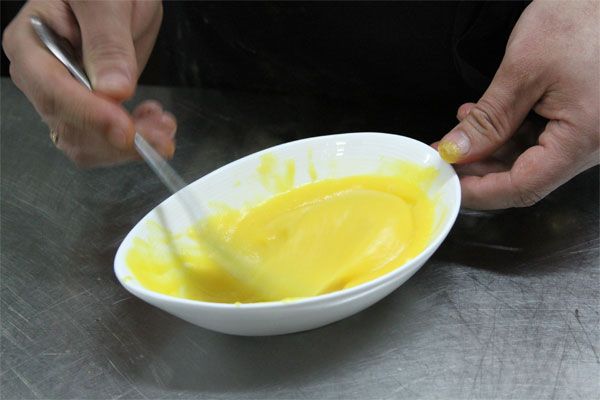
For the sauce, grind 140g of pineapple; in a wok, heat until the remaining pieces soften with low heat. Pour the mixture into a bowl, and beat it until even.
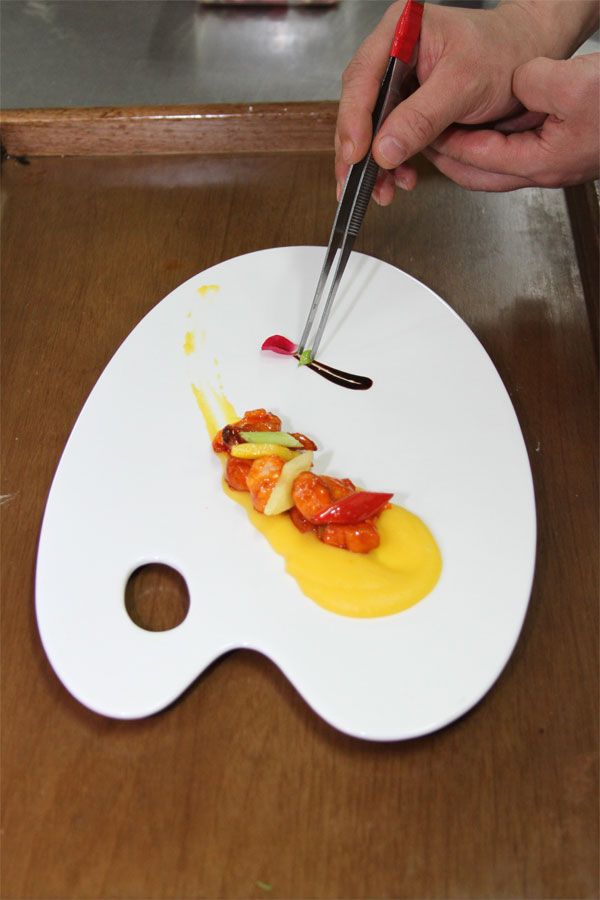
Pour the pineapple sauce onto the plate, and then place the mushrooms one by one to style the dish, followed by the pepper and pineapple slices on the side. Serve hot.





